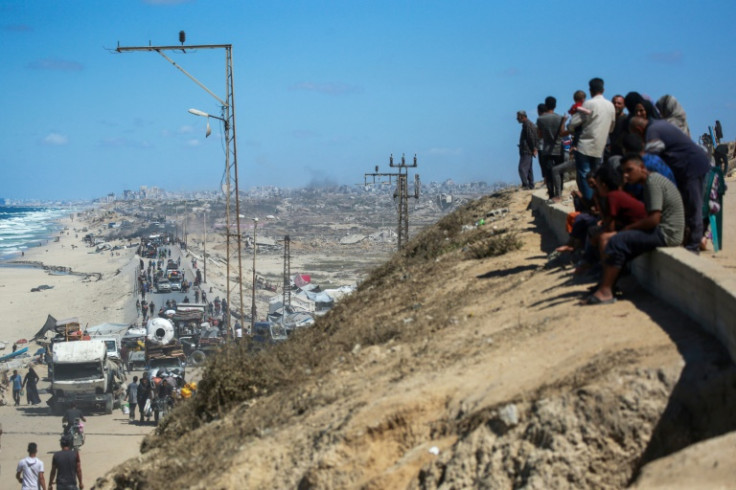
In a dramatic development that could reshape the trajectory of the Middle East conflict, Hamas announced Friday that it is prepared to release all Israeli hostages, both living and deceased, provided that "field conditions for the exchange" are met.
The declaration came just days after U.S. President Donald Trump unveiled a sweeping 20-point Middle East peace plan at the White House alongside Israeli Prime Minister Benjamin Netanyahu. The plan notably excluded Hamas from direct talks, relying instead on regional and international mediators.
Hamas, in a statement issued Friday evening, expressed a willingness to engage through those mediators to "discuss the details of this agreement" and confirmed its "readiness to immediately enter into negotiations."
The group also reaffirmed an earlier pledge to hand over the administration of the Gaza Strip to a neutral, technocratic governing body formed on the basis of Palestinian national consensus and backed by Arab and Islamic states. The move, if realized, would represent the most significant shift in Gaza's political order since Hamas seized power in 2007.
President Trump welcomed Hamas' response, posting on Truth Social that the statement indicated the group was ready for "a lasting PEACE."
"Israel must immediately stop the bombing of Gaza, so that we can get the Hostages out safely and quickly!" Trump wrote, warning that the current conditions on the ground were "far too dangerous" to allow for the safe transfer of hostages.
The president also broadened the scope of his message, framing the negotiations not simply as a matter of hostages but as a potential turning point for the region: "This is not about Gaza alone, this is about long sought PEACE in the Middle East."
Earlier Friday, Trump had set a stark deadline, giving Hamas until 6 p.m. Sunday to formally agree to the ceasefire proposal. In characteristic language, he warned that failure to do so would trigger "all HELL, like no one has ever seen before, against Hamas."
Under the Trump-Netanyahu framework, Israel's military operations in Gaza would cease immediately if both sides sign onto the agreement. Within 72 hours, all hostages — alive and dead — would be released.
Additional provisions include:
- Freedom of movement: No individual would be forced to leave Gaza, and those displaced could return.
- Gaza governance: Hamas would relinquish all administrative authority, with governance transferred to an independent council of technocrats.
- Path to statehood: While not guaranteeing Palestinian statehood, the plan outlines a potential pathway toward Palestinian self-determination, contingent on further negotiations and international backing.
One of the most contentious issues centers on whether Hamas will fully withdraw from any role in Gaza's governance. The U.S. plan calls for Hamas to have "no role, directly or indirectly, in the governance of Gaza, in any form."Hamas has so far stopped short of endorsing that condition.
In its statement, Hamas indicated that it still seeks clarification and broader discussion on several aspects of Trump's proposal. Specifically, the group referenced "the future of the Gaza Strip and the inherent rights of the Palestinian people," stressing that such matters must be addressed within a comprehensive Palestinian national framework that includes multiple factions and aligns with international law.
By tying its response to Palestinian consensus, Hamas left room for maneuvering — potentially positioning itself as both a participant in and a challenger to the new framework.







